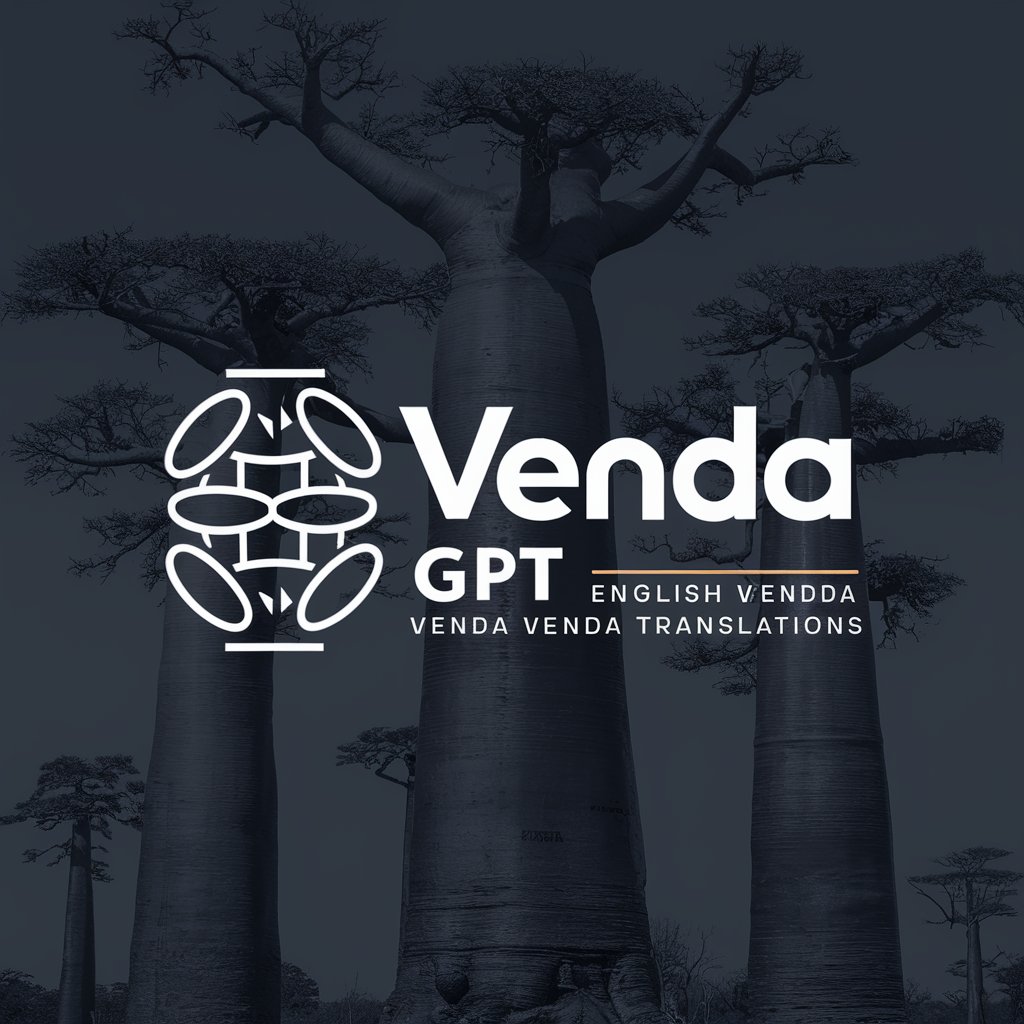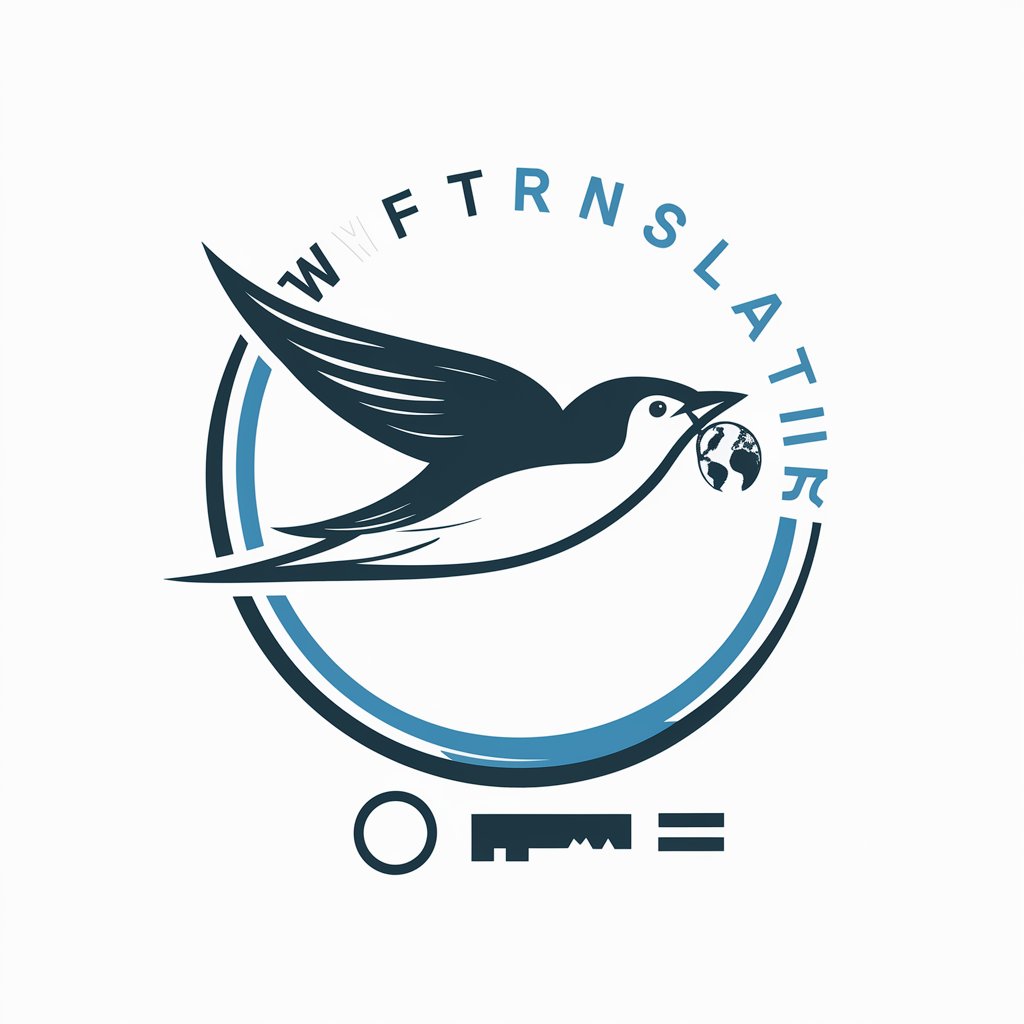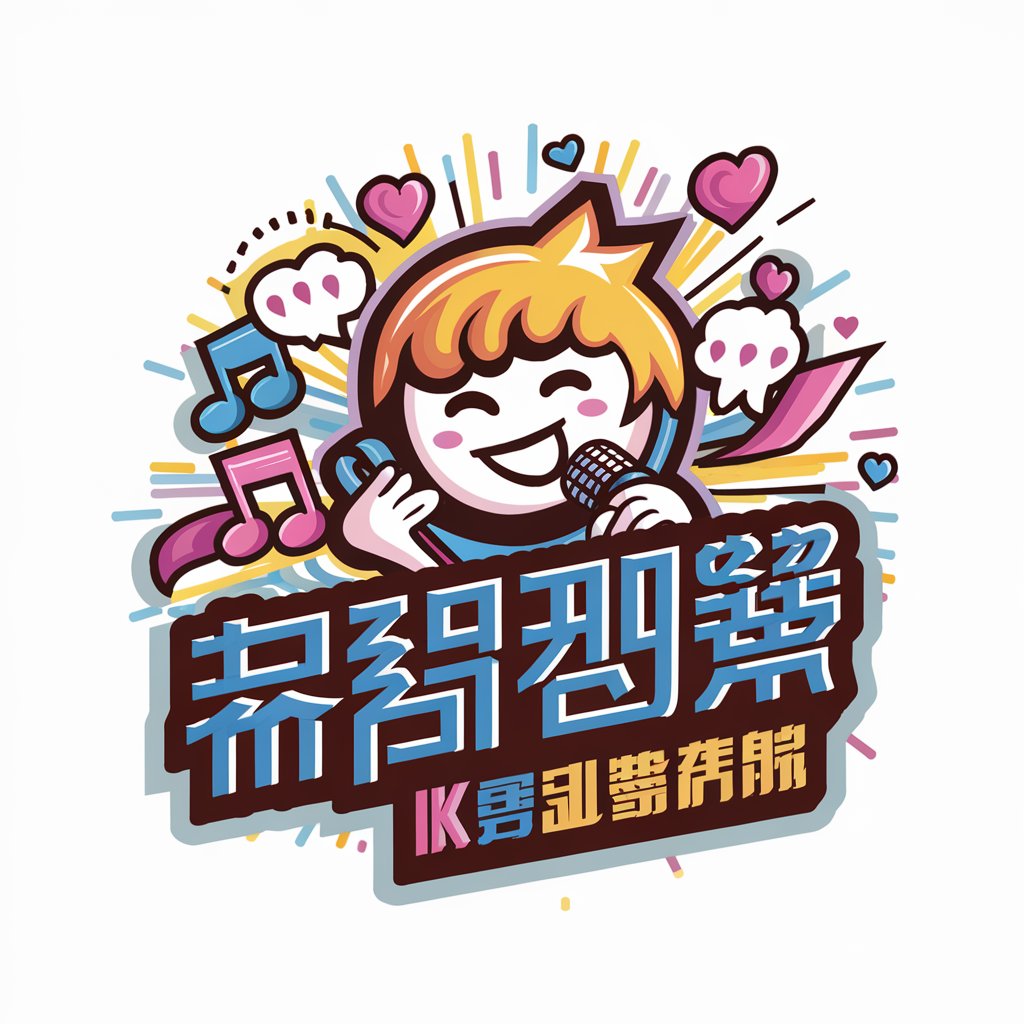6 GPTs for Translation Accuracy Powered by AI for Free of 2026
AI GPTs for Translation Accuracy are advanced tools designed to enhance and ensure the precision of translations across languages using Generative Pre-trained Transformers technology. They leverage large datasets and complex algorithms to understand, interpret, and translate text, ensuring high levels of accuracy and context relevance. These tools are crucial in bridging communication gaps in a globalized world, making them invaluable for tasks requiring nuanced understanding and cultural sensitivity.
Top 6 GPTs for Translation Accuracy are: Venda GPT,小高高的中柬文校对,Swift Translator,KPOP Bubble 爱豆翻译机,Übersetzer Journalist,🎤 Polyglot Translator Chat 🌐
Venda GPT
Translating Languages, Bridging Cultures

小高高的中柬文校对
AI-powered precision for Chinese-Khmer translations.

Swift Translator
AI-powered, precise Swift translations

KPOP Bubble 爱豆翻译机
Bridging Fans and Idols with AI-Powered Translations

Übersetzer Journalist
Translating with journalistic precision.

🎤 Polyglot Translator Chat 🌐
Breaking Language Barriers with AI

Key Attributes of AI GPTs in Enhancing Translation Precision
These AI GPT tools for Translation Accuracy stand out for their adaptability, supporting a wide range of languages and dialects with high precision. They continuously learn from new data, improving their translations over time. Features include real-time translation, context-awareness, support for technical and specialized vocabulary, and the ability to understand and preserve the cultural nuances of the source material. Additionally, some tools offer integration capabilities with other platforms, making them versatile for various applications.
Who Benefits from AI GPTs in Translation?
The primary beneficiaries of AI GPTs for Translation Accuracy include language learners, translators, content creators, global businesses, and academic researchers. These tools are user-friendly for those without technical expertise, offering straightforward interfaces and guidance. For developers and professionals requiring more control, they provide customization options through programming interfaces, allowing for tailored solutions to specific translation challenges.
Try Our other AI GPTs tools for Free
Sales Scenarios
Discover how AI GPTs revolutionize sales strategies with personalized solutions, automating tasks and providing insights to enhance performance and customer engagement.
Topic Engagement
Discover how AI GPTs for Topic Engagement revolutionize interactions with tailored, intelligent solutions for personalized content generation and analysis.
Scaling Navigation
Explore AI GPTs for Scaling Navigation: tailored AI solutions designed to enhance digital navigation and data management, making complex information spaces accessible and navigable for everyone.
Data Simplification
Discover AI GPT tools for Data Simplification, designed to make complex data easily understandable, enabling informed decisions without needing coding skills.
Budget Growth
Discover how AI GPTs for Budget Growth can transform your financial planning with advanced analytics, forecasting, and personalized insights. Tailored for both novices and professionals.
Modular Implementation
Discover how AI GPTs for Modular Implementation can revolutionize your modular design and implementation processes with tailored, adaptable solutions.
Expanding Horizons with AI GPTs in Translation
AI GPTs offer a revolutionary approach to translation, enabling more effective communication across language barriers. Their ability to integrate with various platforms and adapt to new contexts makes them a versatile tool for many sectors. The user-friendly interfaces ensure that these powerful capabilities are accessible to a wide audience, promoting global understanding and collaboration.
Frequently Asked Questions
What exactly are AI GPTs for Translation Accuracy?
AI GPTs for Translation Accuracy are tools that use advanced AI to provide precise translations, leveraging the power of machine learning to understand and translate languages accurately.
How do AI GPTs improve translation accuracy?
They learn from vast amounts of data, recognizing context, idiomatic expressions, and cultural nuances, which enables them to provide more accurate and relevant translations than traditional methods.
Can these tools translate between any languages?
While they support a wide range of languages, their effectiveness can vary based on the language pair and the amount of training data available. However, developers continuously work on expanding their capabilities.
Are AI GPTs accessible to individuals without coding skills?
Yes, many AI GPTs for Translation Accuracy are designed with user-friendly interfaces that do not require programming knowledge to use effectively.
How can developers customize these AI GPT tools?
Developers can use APIs or programming interfaces provided by the tools to create customized translation applications or integrate translation features into existing software.
What sets AI GPTs apart from traditional translation software?
AI GPTs understand and interpret the context, which allows for more nuanced and accurate translations. They are also capable of learning and adapting over time, unlike static traditional translation databases.
Can AI GPTs handle technical or specialized vocabulary?
Yes, many are designed to recognize and accurately translate specialized terminology, making them suitable for professional and technical documents.
What are the potential applications of AI GPTs in Translation Accuracy?
Applications range from real-time communication tools, educational resources, content localization for global markets, to aiding in literary translations and academic research.